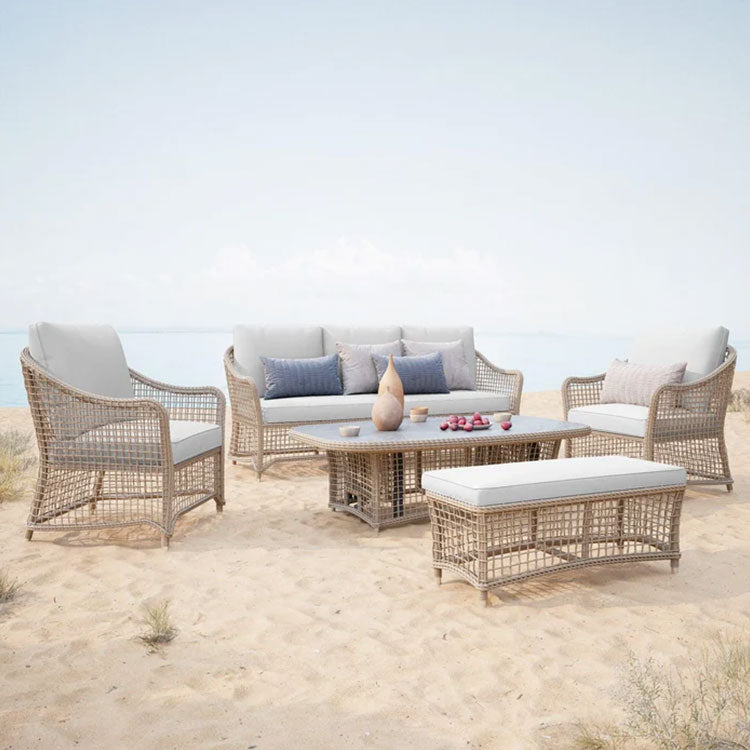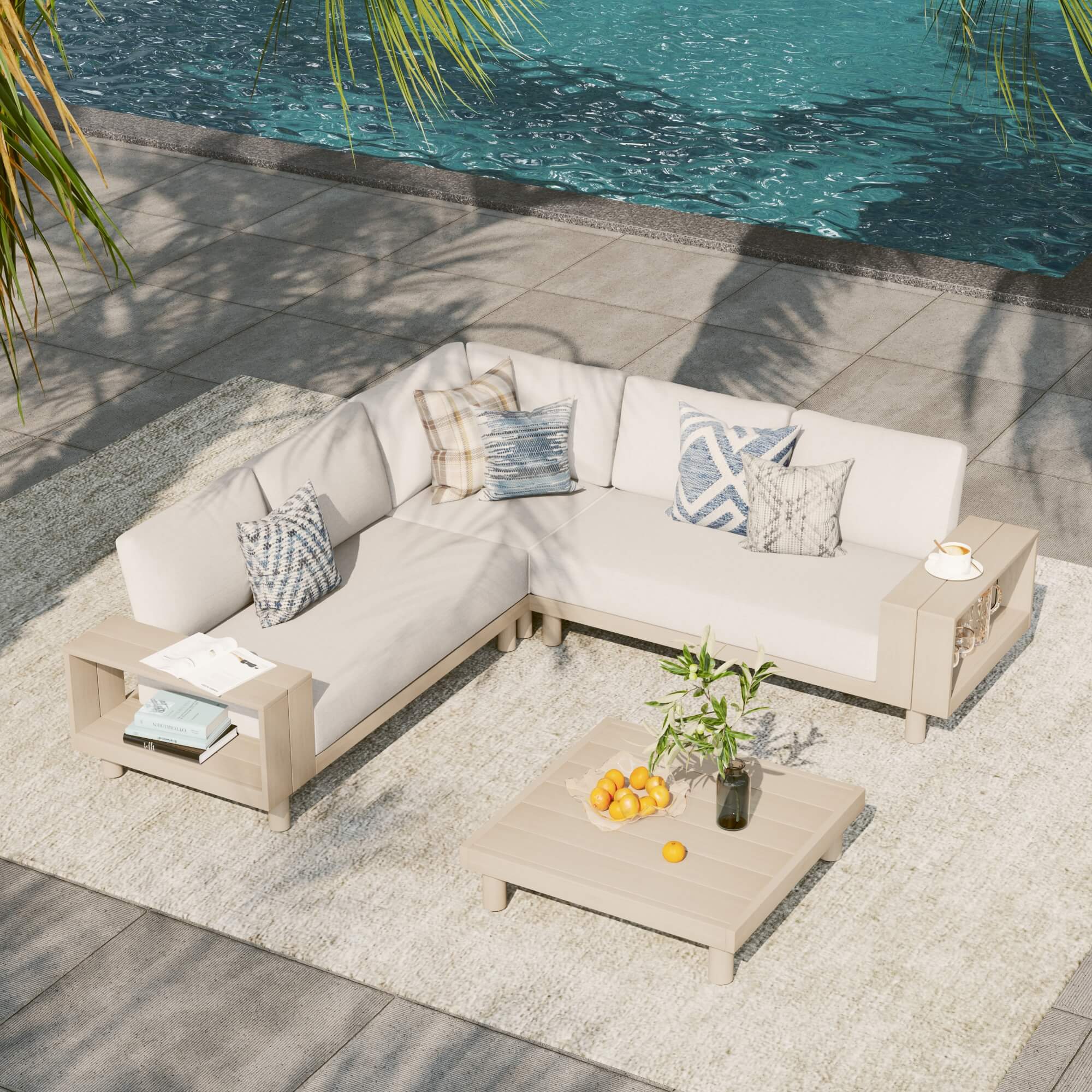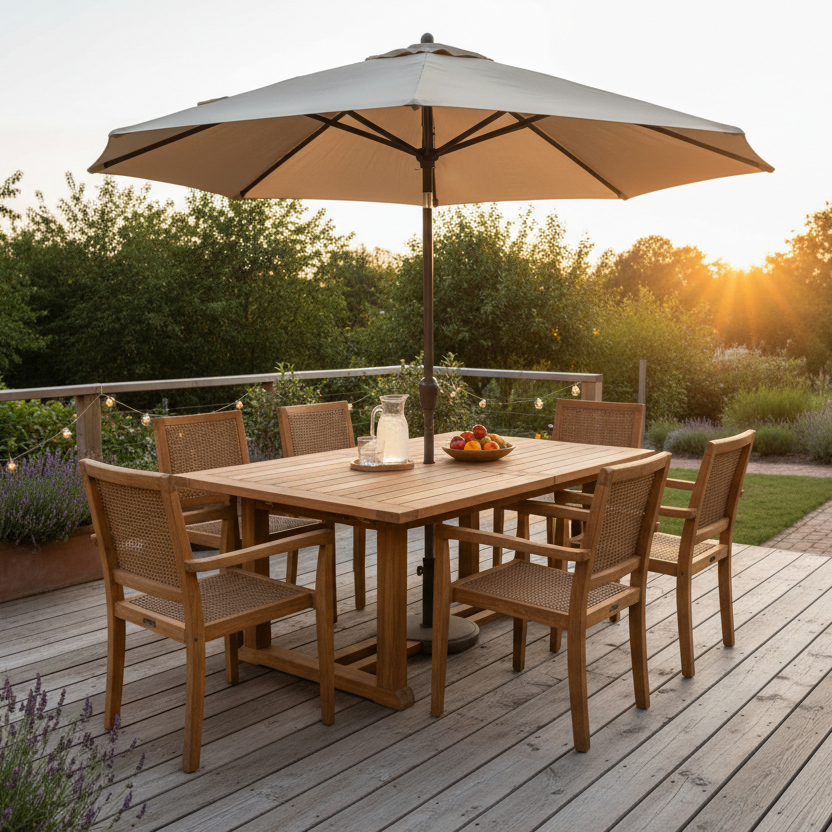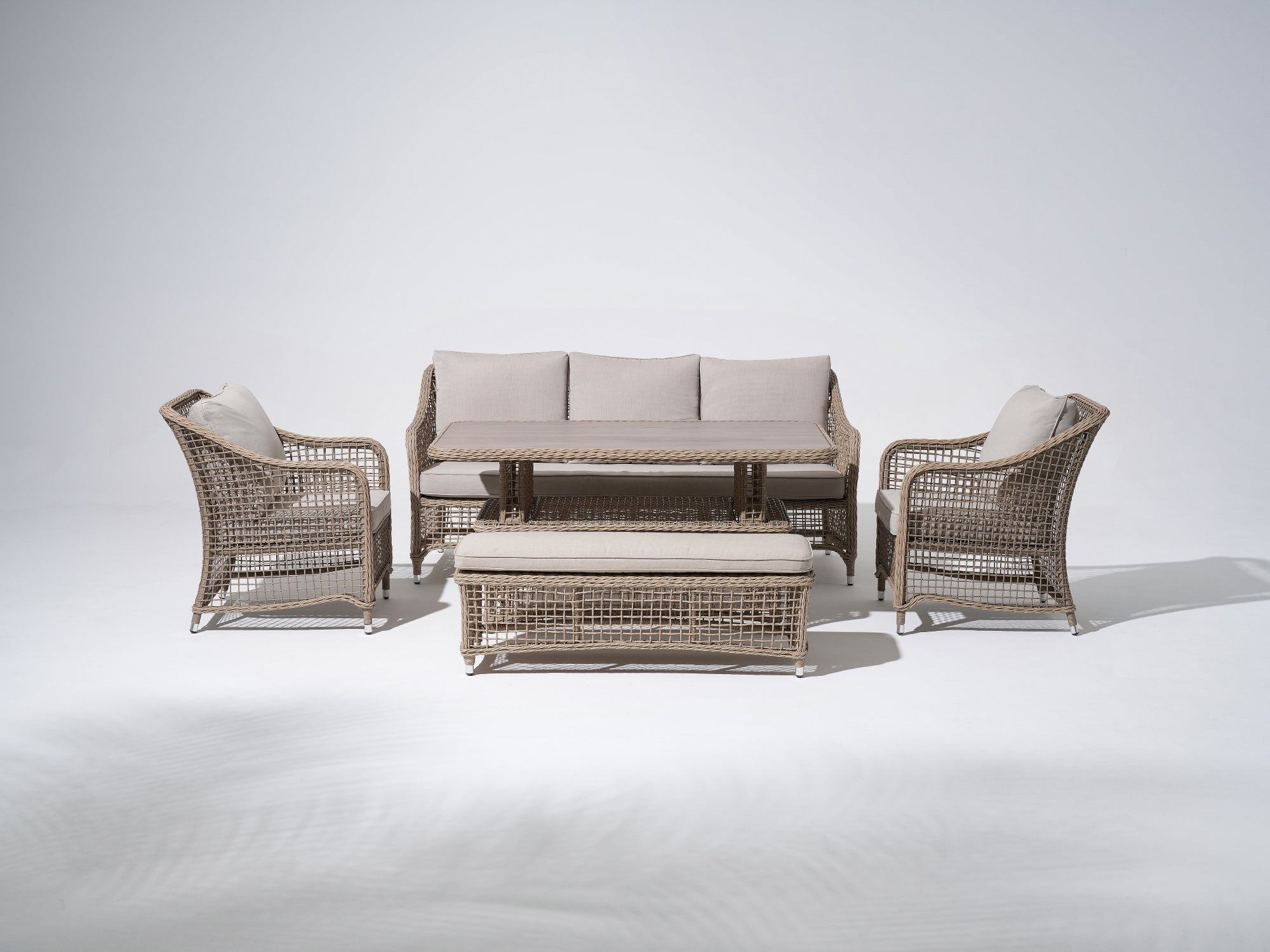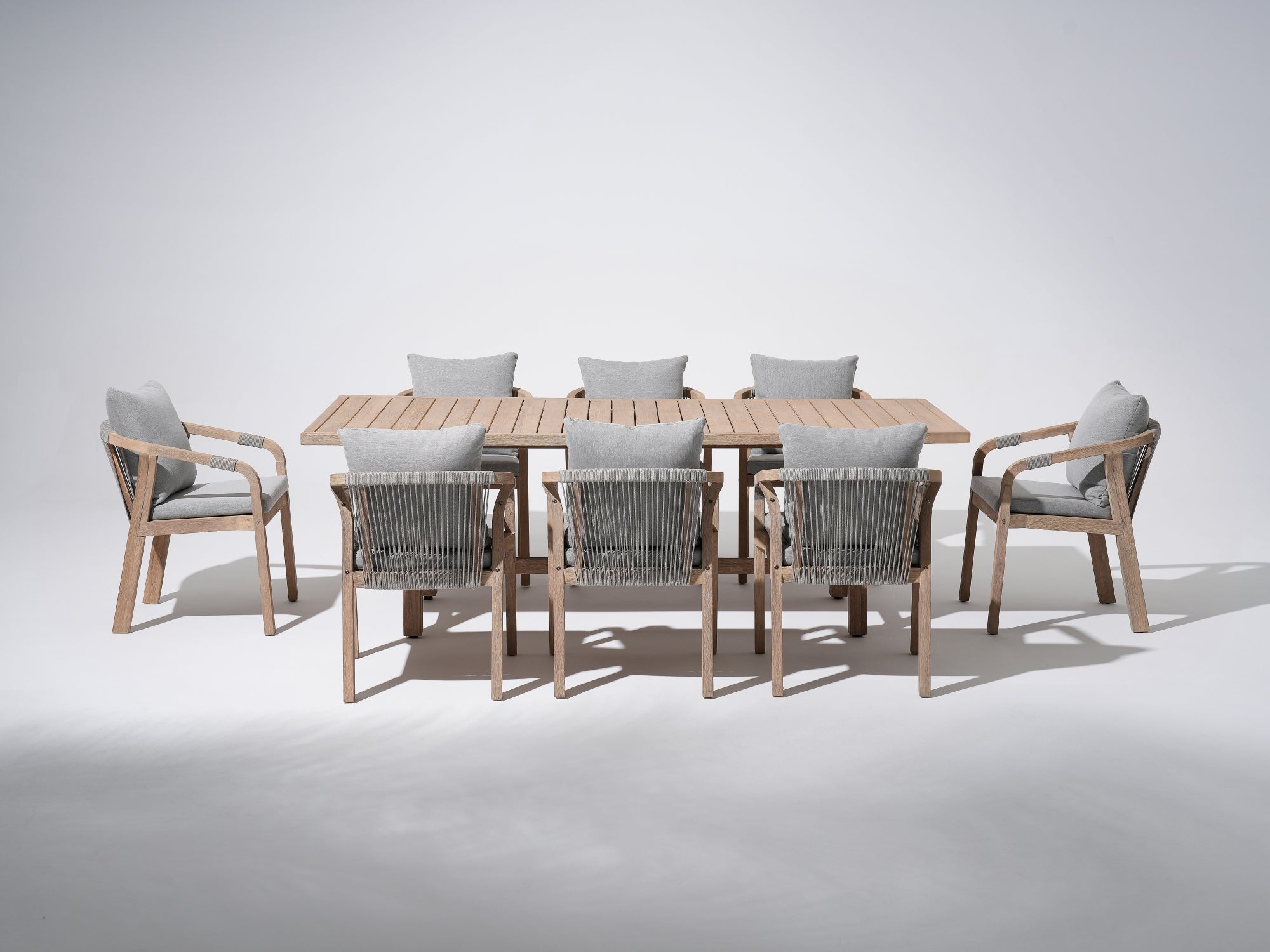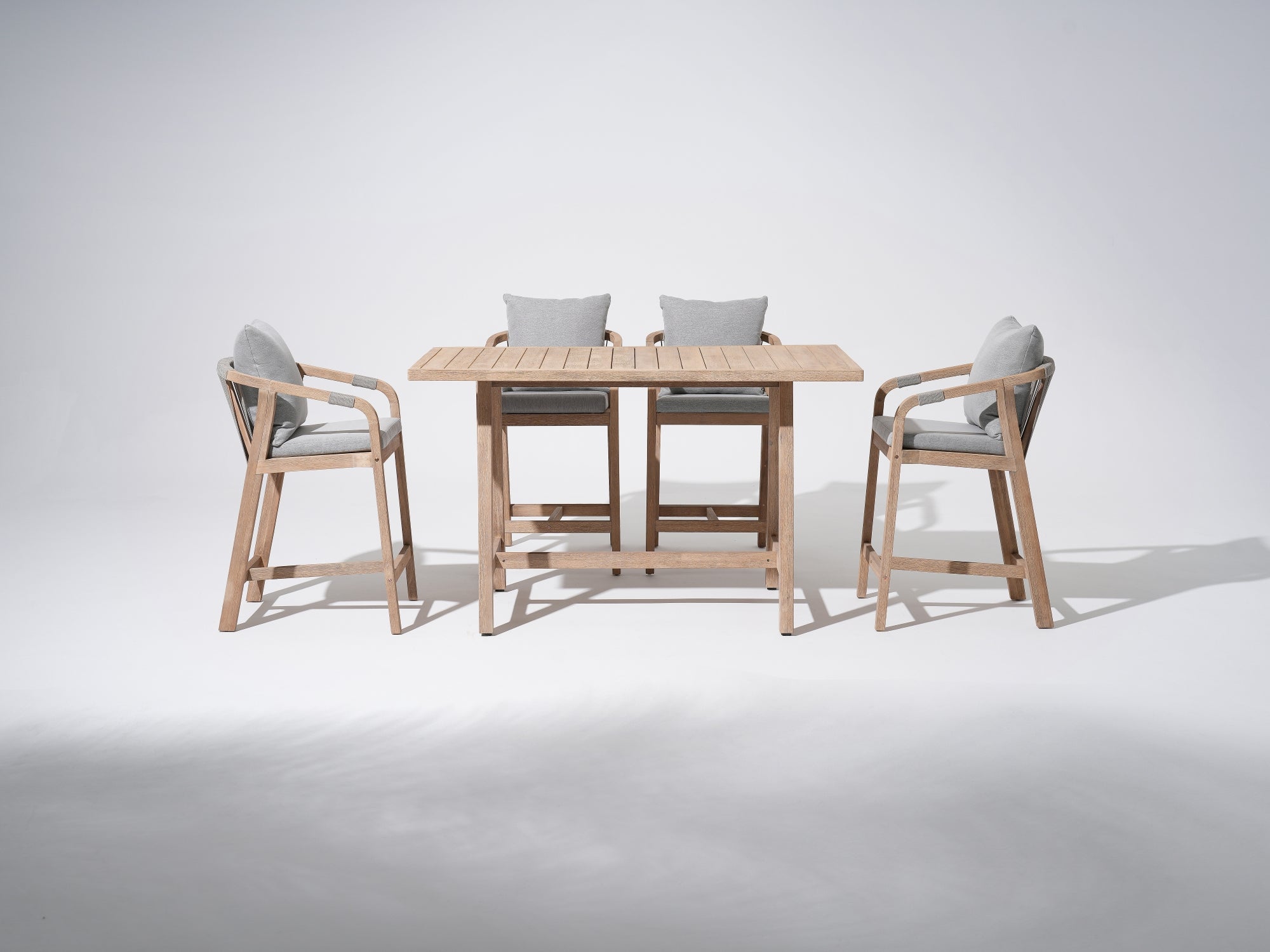During summer, we all love to spend time on our porches, sitting on our outdoor furniture. Good furniture is useful and improves the beauty of porches. But surprisingly, not many people like to have one in their backyard.
You know, outdoor furniture needs a lot of maintenance. Even though it improves the beauty of your outdoors, it needs attention, a lot of it. When the sun is shining, you need to protect your furniture. If you don’t act fast, your furniture will be damaged.
But how can you protect your furniture? Read on. You too can enjoy the outdoors.
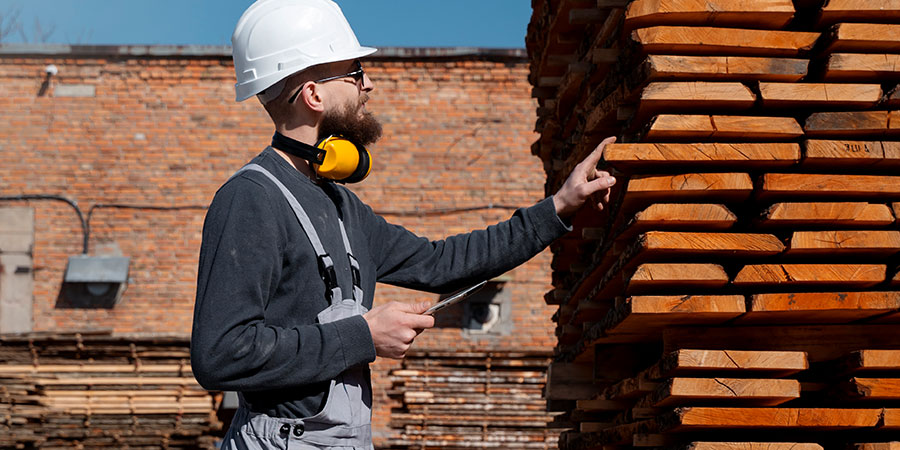
Choosing the Right Wood for Your Outdoor Furniture
As the saying goes, choosing the best brings out the best. When you choose right, you enjoy it. The same can be said of choosing wood for your furniture. The study says that there are two types of wood. The hardwood and softwood.
The name hardwood already makes you know what to expect. HARD-wood. Hardwood is strong and dense. If you want furniture that will last, hardwood should be your number 1 choice.
Softwood is soft and not good for furniture. But still, people use them. Whether you choose hardwood or softwood, your furniture deserves the best.
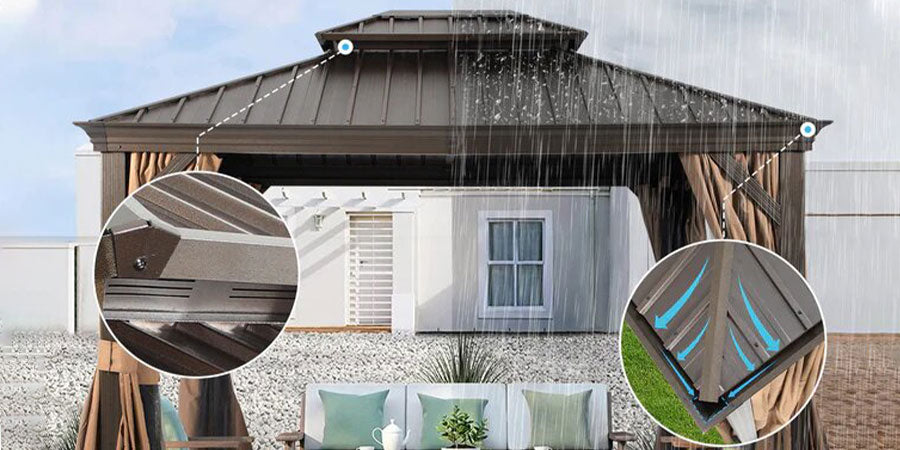
Properties To Look for in Wood for Outdoor Furniture
Imagine you are in a wood-making store. What wood type will you buy? Remember, strong means durable. But that is not all you should look for. See what to know below:
Strength of Wood
One of the things you want from wood is strength. You want your outdoor furniture to last. Although wooden furniture won’t last like synthetic rattan, it’s highly valuable with proper maintenance.
Weight Support
Another is stability. Wood supports heavy weights of 5,000 kg. So, your furniture can support weights too. Year in and year out, your furniture will give in to the weight.
Resistance of Wood
Durable outdoor wood can resist the heat and dryness from the hot sun and wind. So, although you should not leave wooden furniture in the rain, it won’t get spoiled from water contact.
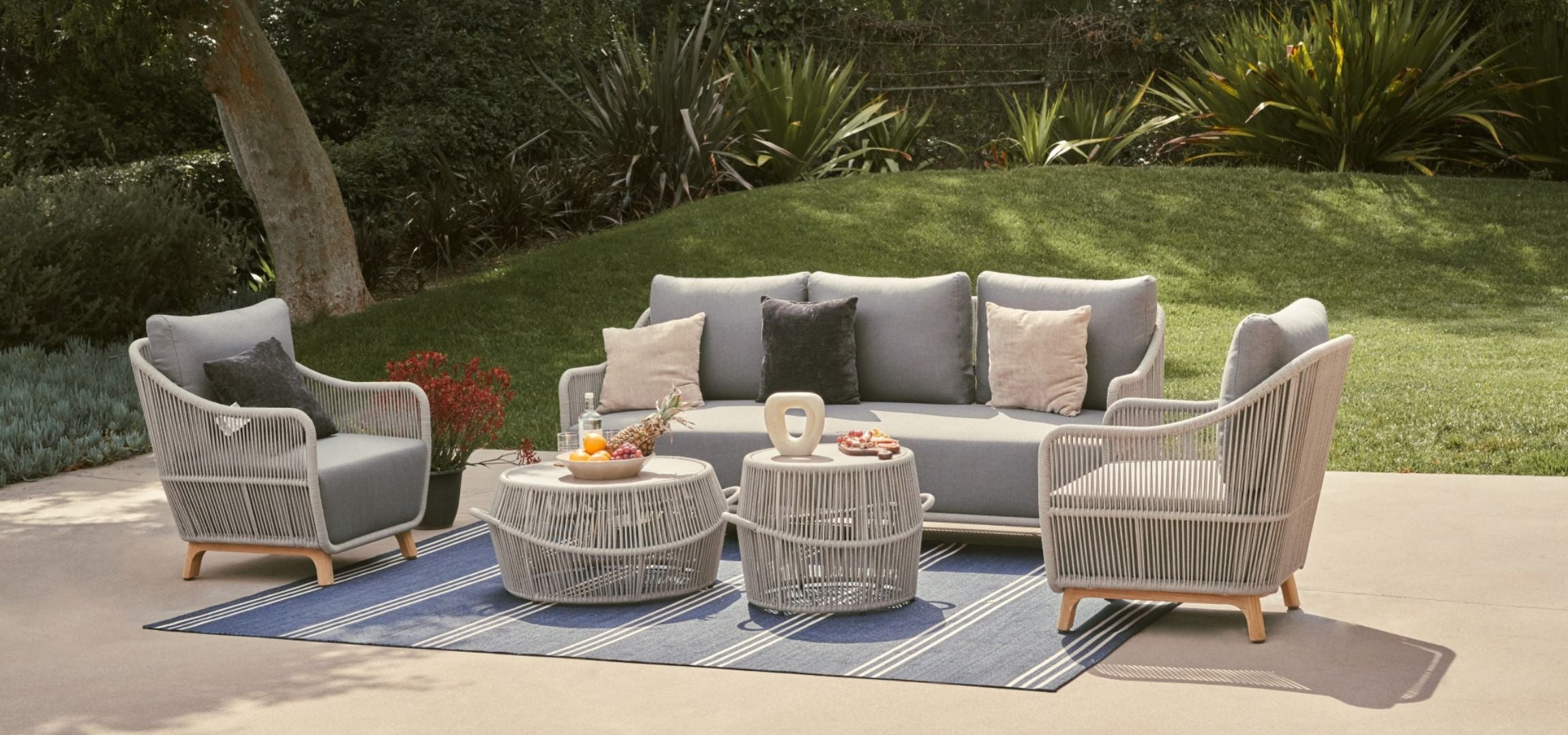
These Factors Will Help You Choose the Right Wood for Outdoor Furniture
What factors matter to you? Here are some you should know:
Weight of Wood
The lighter the wood, the longer it lasts. Heavy wood like oak is so hard to move around. If you'll be moving your furniture back and forth, don't choose heavy. Alternatively, building a gazebo to house the furniture is a wise thing to do. You may like to buy teak and cedar instead. They are lighter wood choices.
The Wood’s Durability
Your sole aim is to buy durable wood. No one wants something that won’t last. You want your furniture to last as long as 10 years. And hardwood can do that for you. When well-maintained, it lasts. You need to make sure it can stand the test of time from harsh weather. You’ll save money as a result.
Special Wood Treatment
When you treat wood, it lasts. There is something called natural treated wood. This means nature treats the wood so it lasts. Some of them you can buy are redwood, teak, and cedar. But they cost a lot. If you don’t have much, buy untreated wood like the pine and treat it DIY.
Your Budget
At the end of the day, it all boils down to how much you have. If your budget is high, you will surely buy high-quality wood. If not, you will have to stick with low quality. Remember, you can shop for cost-effective outdoor furniture on Jardina.
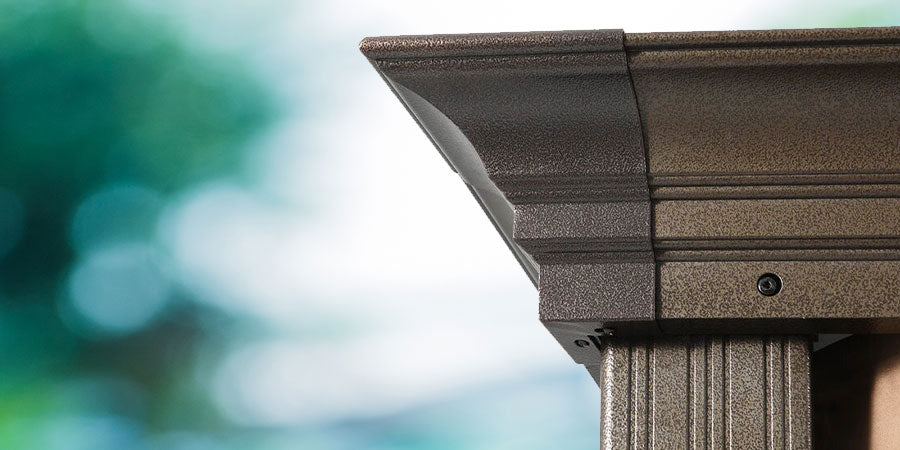
Preparing the Surface of the Wood
Prepare the wood surface before applying anything to your furniture. Do these:
Clean the Wood
Clean your furniture surface. Use a vacuum to remove the dead leaves on your furniture. When there’s too much dirt, a pressure washer works great. If not too dirty, a simple damp cloth works too. After cleaning, leave to dry.
Sand the Wood
Sand the wood with sandpaper. Sanding gives a smooth and neat finish.
Fill up Tiny Cracks
After a long time of use, your furniture can start cracking. Fill cracks with a wood filler. Then, allow it to dry. Sanding should be your next line of action as it’ll smoothen the cracks.
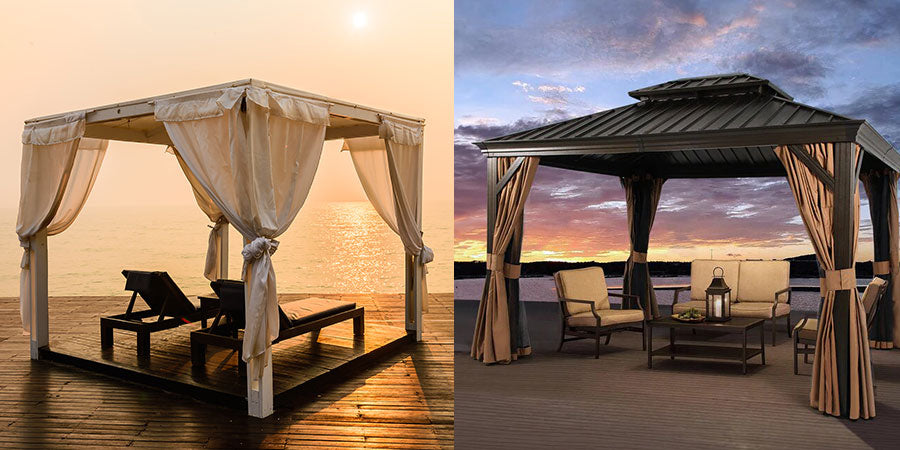
Apply Protective Finishes
There are three options for you when applying protective finishes. Each of your options is good for furniture in its own way. So, how will they work? Let’s see..
How to Apply Varnish to Wooden Furniture
During the time of sailors, they had to use varnishes to protect their wooden ships. For that glossy and clear finish, varnishes are great. They protect your furniture from sun and rain.
The bad thing about varnishes though is that they peel. And after a while, they wear off so you’d need to keep applying.
Varnishes Application: Step-by-Step
- Step one: Use a clean brush to apply the varnish coat onto the furniture.
- Step two: Dry for 24 hrs, then add another coat.
- Step three: Sand wood with sandpaper and clean it with a cloth.
- Step four: Apply another coat and dry for 24 hrs.
- Step five: You can choose to repeat once more for better protection.
How to Oil Wooden Furniture
Oil protects wood from sunlight and moisture like others. You can buy them in natural wood colors. They won’t peel like varnishes, but you’d need to apply every year for proper protection.
Oil Application: Step-By-Step
- Step one: Use a brush to add oil to your furniture.
- Step two: Leave the oil to melt on your furniture.
- Step three: Clean off the excess oil and start the process again.
How to Paint Wooden Furniture
Paint makes your furniture beautiful. It also protects your furniture from sun and water. You have a lot of options so choose right. Your preferred paint must suit your aesthetic. And unlike oils and vanishes, paints last long.
Painting might not be a good idea if you like your furniture to have a wood-like appearance. A paint job covers natural wood color. Your furniture goes brown to blue. Still, paint is an excellent coating.
Paint Application: Step-By-Step
- Step one: Apply oil on your furniture and let it cure for about 2-3 days.
- Step two: Add primer (oil-based) to the furniture and leave to dry for hours.
- Step three: Latex paint is the best paint for your furniture. Apply two coats on your furniture and dry.
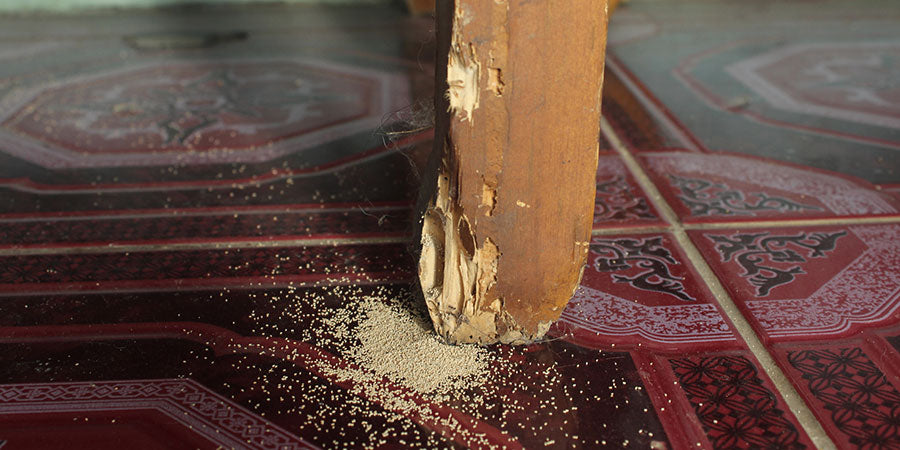
Regular Maintenance Tips for More Durable Wooden Furniture
A good protective finish doesn’t mean you shouldn’t protect your furniture again. You can still maintain your chair. Do these:
Clean the Furniture
Have you ever bought anything before? What will happen if you don’t clean it after months of use? Damage? Dirt accumulation? This is how your outdoor furniture will be, too. If you don’t clean it, be ready for dirt accumulation.
You need to clean every day. Use a dry cloth, soap, and even a vacuum for thorough cleaning.
Inspect Furniture For Any Damage
Never think that your furniture is above getting damaged. All good things spoil, so check your furniture too. The earlier you see issues, the better. Remember, small issues can turn into bigger ones.
Reapply Protective Finishes when Needed
After some time you have passed, you may need to reapply your protective finishes. They'll protect your patio outdoor furniture from more damage.

Protect Furniture from Environmental Factors
Your furniture needs protection at all times. You need to cover it from the sun and rain. Protective finishes can only do what they can do. Proper covering is a must. Buy custom covers for better protection when you’re not using the furniture.
Store your furniture when not in use. This simple trick will make your furniture last. Imagine the damage rain will do to your furniture. You wouldn’t want that, would you? Instead, keep it in your garage or basement.
Don’t put your furniture on the ground. Your ground can be full of moisture. This will cause mold to grow on the wood. Mold is very bad for your health. It also spoils good furniture pieces.
Keep Wood Safe From Pest Damage
Anything that is left outside will attract pests. So will your outdoor furniture. Pests like insects, wasps, and rats will love your furniture just as you do too. How can you prevent their damage?? See how:
Identify Common Pests in the Area
Not all pests will like your furniture, so know which one will. Common pests like wasps and insects like wood. Look for preventive measures that hit the nail on the head, i.e., get rid of them.
Take Precaution to Protect from Pests
The best preventive measures are simple in nature. Check them out:
- Clean your furniture and surroundings every time
- Use an insect repellant or pesticide
- Use aromatherapy.
- Avoid putting up bright lights because they attract some insects.
Check for Signs of Pest Infestation Regularly
Checking is so important. Check for holes. Check for stains. Check for hives. Keep on checking for signs. Early detection will reduce damage. So never stop checking.
Long-Term Ways to Care for Outdoor Furniture
In the long run, you should keep doing this:
- Keep your furniture safe when you aren’t using it. Less exposure to the sun means more years to the furniture.
- Wipe your wood surfaces clean with water and soap. Let this be a routine for you.
- Small damages cause big problems. So, repair on time.
- You can reduce damage with protective finishes. Apply when necessary.
- Covering your furniture is a must. Don’t stop doing so.
- If the furniture is wearing off, then break the bank to buy a new one. If repair is impossible, hire a professional.
Closing Thoughts
Protecting your outdoor wood furniture is possible. You just need to follow the proper steps. Even before you start protecting, buy a durable wood. Then, maintenance becomes a breeze.
While DIY is fun, a professional is never out of place to hire. Be ready to call upon their services when necessary. If you want the best quality outdoor furniture, check out our store.


